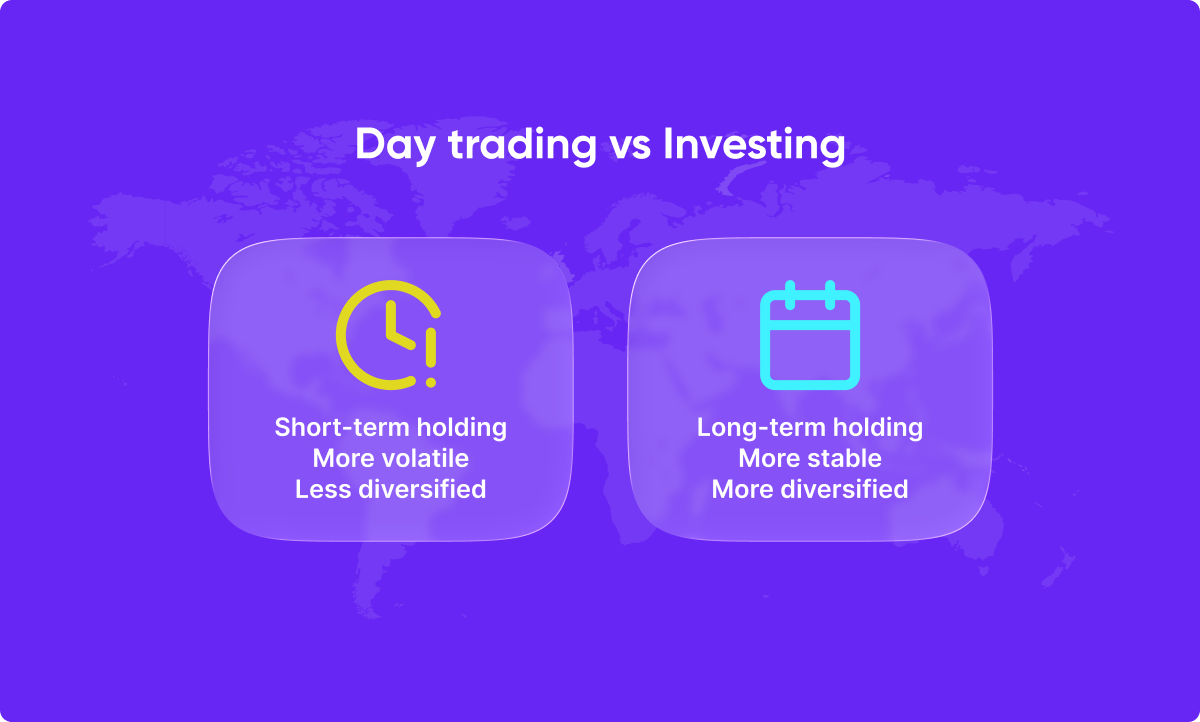otal Return is an important concept in finance, quantifying the overall performance of an investment, taking into account both capital gains and income generated. It provides investors with a comprehensive view of how an investment has performed over a specific period, including dividends, interest, and any change in the value of the investment.
Total Return is an important concept in finance, quantifying the overall performance of an investment, taking into account both capital gains and income generated. It provides investors with a comprehensive view of how an investment has performed over a specific period, including dividends, interest, and any change in the value of the investment.
When evaluating total return, investors consider two main components:
Total return analysis is crucial for investors as it helps them assess the overall profitability of an investment. It enables them to compare different investments and make informed decisions based on their individual investment goals and risk tolerance.
For long-term investors, understanding total return is especially important. It allows for better portfolio allocation, diversification, and risk management decisions while focusing on wealth growth over time.
Total Return is often expressed as a percentage. For example, if an investment has a total return of 10% over one year, it means that the investment gained 10% in value. This includes any income earned from the investment, such as dividends or interest payments.
As another example, an investor invested $1,000 in a stock that pays a 2% dividend annually. After one year, the stock rose by $100 (10%) and paid $20 in dividends. Together, this gives a total return of 12%.
The total return takes into account both the increase in the investment’s value and any income generated, giving you a comprehensive view of the investment’s overall performance. By including both capital gains and income, total return provides a more accurate measure of how well an investment has performed over a specific period.

Check out our resources below for more information and much more on the basics of trading!
Many investors want to know how to calculate total return when analysing performance. To calculate the total return of a stock, consider:
This process is a useful comparison tool, whether you invest directly through a shares trading broker or prefer exposure via funds and other vehicles.
To calculate the Total Return, you need to consider the following formula:
Total Return = ((Ending Value – Beginning Value) + Dividends or Interest) / Beginning Value
For example, you invested $10,000 in a stock at the beginning of the year. At the end of the year, the stock increased in value to $12,000, and you received $400 in dividends for the year.
Using the formula for Total Return, we can calculate:
Total Return = (($12,000 – $10,000) + $400) / $10,000
= ($2,400 + $400) / $10,000
= $2,800 / $10,000
= 0.28
Therefore, the Total Return on your investment would be 28%. This takes into account both the capital appreciation of the stock and the dividends received. Such calculations are just as relevant whether you are buying individual shares, trading stock market indices through an indices trading broker, or speculating with CFD trading strategies.